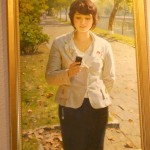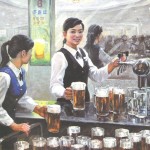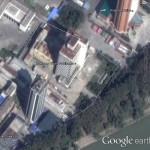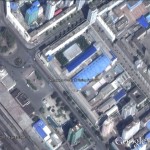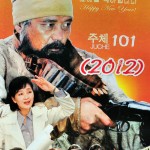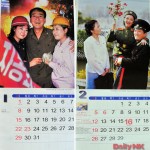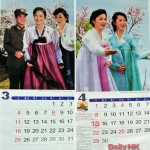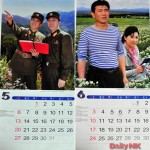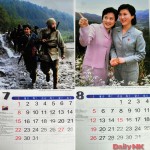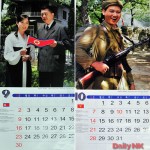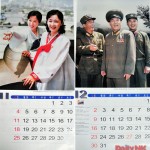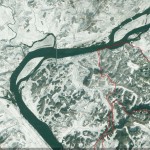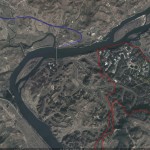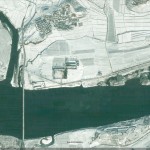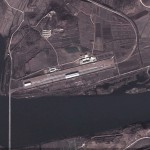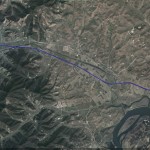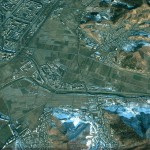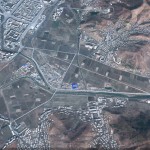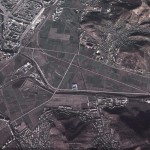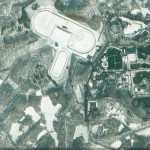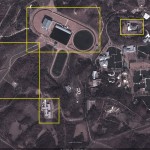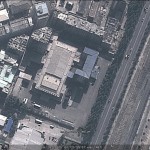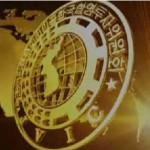The Sons of Jubal, an all-male chorus and orchestra made up entirely of Georgians, has been invited to perform during the Spring Arts Festival in Pyongyang, DPRK (North Korea). They are the largest American group ever invited to enter the country. The visit is the culmination of years of preparation. They will also perform additional concerts in Beijing, China.
Here is the press release:
All-Male Chorus and Orchestra to perform in Pyongyang, DPRK
ATLANTA—A 150-member all-male chorus and orchestra from the Atlanta area will perform in the Democratic People’s Republic of Korea during their Spring Arts Festival in April.
The chorus and orchestra, named the Sons of Jubal, will be one of the largest musical groups of Americans ever to enter the DPRK. The Sons of Jubal was founded in 1954 and consists of volunteer professional musicians, church musicians, educators, and institutional leaders from the state of Georgia.
Global Resource Services, Inc. (GRS), a non-profit, non-governmental organization based in Atlanta, is coordinating the cultural exchange. Through its “Advocacy for the Arts” program, GRS is providing opportunities to promote goodwill and reconciliation.
GRS has already sent three other groups to DPRK, including the Grammy Award Winning group, Casting Crowns. The organization has three main principles: relationships, respect, and reconciliation.
“We are excited that this opportunity has come after a decade and a half of experience in DPRK-United States musical exchanges,” said Robert Springs, GRS Chief Executive Officer and President.
The Sons of Jubal will also have performances in Beijing, China, which will include a brass choir, handbell choir, and vocal ensemble. The group has presented concerts in major halls, local churches, and communities in the United States, Germany, France, Brazil, Argentina, Chile, Peru, Costa Rica, Moldova, the Czech Republic, and Russia.
“This is a historic opportunity for the group and I am privileged to be a part of this great musical endeavor,” commented Dr. Jon Duncan, conductor of the group for the past 10 years.
The Sons of Jubal performs an extensive repertoire in the classics, Broadway show tunes, spirituals, and contemporary genres. Members of the Sons of Jubal will leave on April 10 and return to Georgia on April 23.
UPDATE: Here is a follow up article on the group (Augusta Chronicle):
Last month, amid reports of rocket launches in North Korea, a handful of Augusta pastors and musicians were quietly making history.
They were part of a men’s choir that performed in North Korea and China.
The 150-member Sons of Jubal, who are ministers from churches across the Georgia Baptist Convention, is the largest group of Americans to visit North Korea in decades, according to Global Resource Services, an Atlanta nonprofit that coordinated the trip.
“It was a once-in-a-lifetime opportunity. We made history,” said the Rev. Roy Kiser, an associate pastor with senior adults at First Baptist Church of North Augusta. He has sung in the choir for 14 years.
The choir performed American show tunes, Korean folk songs and a few hymns at various venues, including a Beijing Christian church; the Morang Hill Symphony Hall, the home of the North Korean National Symphony Orchestra; and a spring festival celebrating the 100th anniversary of the birth of Kim Il-Sung, the first rule or North Korea, who died in 1994.
For those two weeks, members of Sons of Jubal were celebrities everywhere they went, said the Rev. Keith Burrow, an associate minister of music and senior adults at First Baptist Church of Augusta, who has sung in the choir for five years.
“We were the first Americans a lot of them had ever met,” he said.
The performances took more than three years of planning and six months of rehearsals. The choir worked hard to learn How Great Thou Art in Chinese, and a few traditional Korean songs, Burrow said.
“Music has a way of breaking down barriers in ways other things can’t,” he said. “You could feel the two people groups coming together, all because we sang in their language.”
Between concerts, the group did a little sightseeing, stopping at both the Great Wall and Tiananmen Square. Under military escort, the group toured the north side of the demilitarized zone that separates North Korea from South Korea.
Upon returning from the tour, church members have asked Burrow whether he ever felt scared while traveling through the communist countries.
“Not once,” he said. “Because of the (political) relations between us and them, we really didn’t know what to expect. We saw over and over again that people are people no matter where they are.”
Kiser agreed.
“They rolled out the red carpet for us,” he said. “Everyone was friendly, personable. They made quite the positive impression.”
So did one translator in particular, Burrow said.
“Our guide told us, ‘I will never look at Americans the same way again.’ She said, ‘I hope you never look at Koreans the same way again either.’ ”
